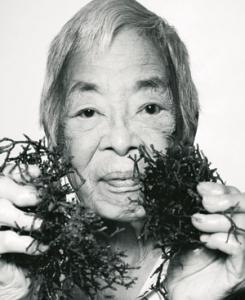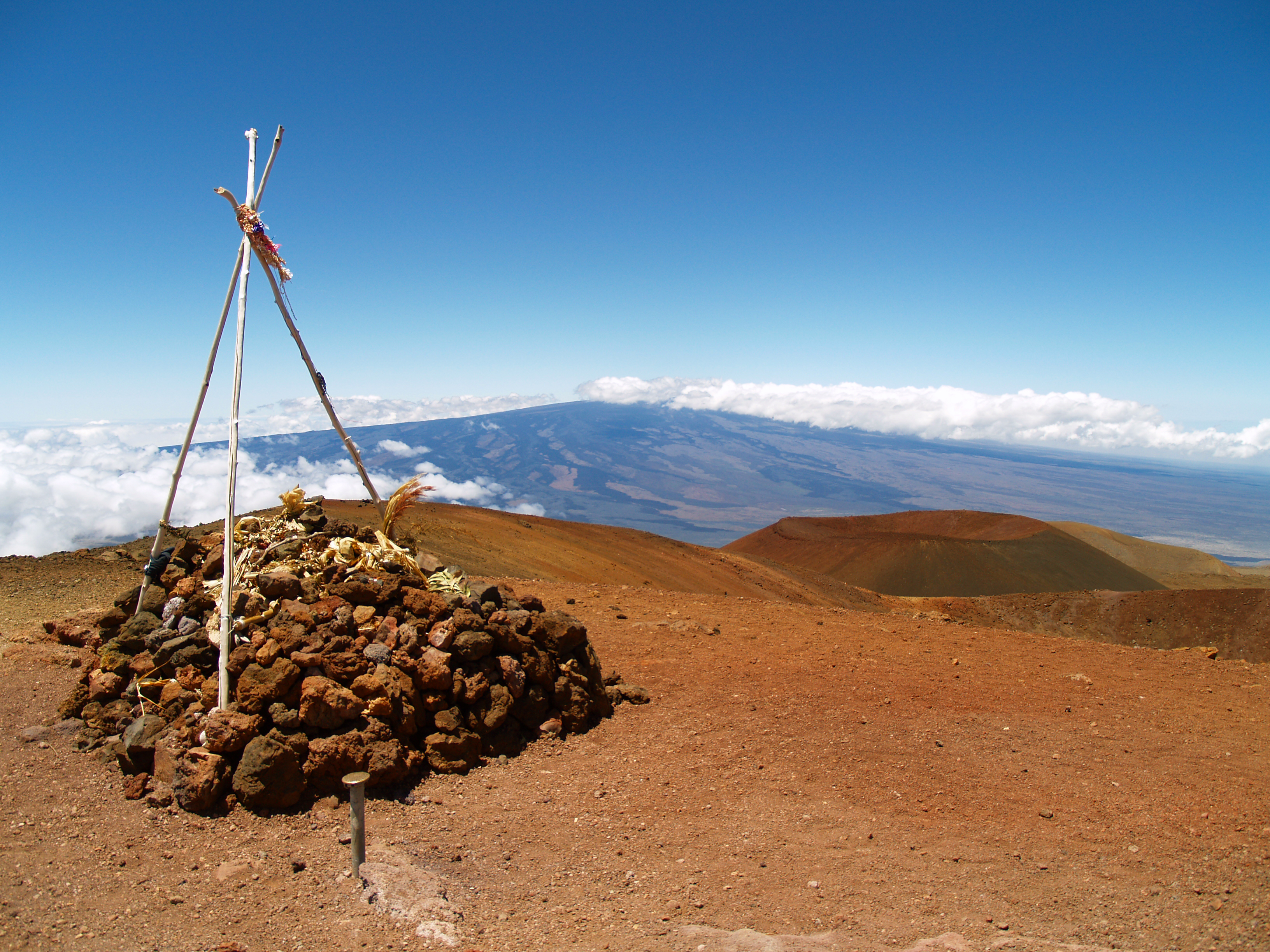 |
| Sidewalk art in Victoria, British Columbia. Taken during an Indigenous Governance (Twitter: @IGOV_UVic) exchange with the University of Victoria and University of Hawaii Indigenous Politics Program. The abroad opportunity was found via professional feed on Facebook. I participated in a two-week exchange in 2011 (Victoria, British Colombia) and that carried over in to a 2012 (Honolulu, Oahu & Hakioawa, Kahoolawe) exchange as well. What is more important is that Professors of these programs have been building personal/professional relationships for the past six years, a cross of social media and in person affirmations. |
Facebook; Katie Kamelamela, University of Hawaii at Manoa Ethnobotany
Twitter; Kamelamelabam,
Blogger; OneFathom, HuliKanaka,
Tumblr; Ethnodietology
instagram; kamelamelabam,
Google+; KatieKamelamela,
Pinterest; Katie Kamelamela,
Wordpress; Katiekamelamela.com,
Linkedin; Katie Kamelamela,
Esty; nohowale
Freeblogging; nohowale [spoke about in previous blog]
and probably a few more I have forgotten about...
Just because I have all these sites does not mean I am on them on constantly, but I have been using them to experiment with different formats and ways of storytelling [pictures, posts, tweets, storyboards, blogs, etc]. In addition I have also built and or helped to maintain websites such as:
Teaching Assistant at University of Hawaii at Manoa
BOT105: Introduction to Ethnobotany (2008-2011)
BOT444: Ethnoecology & Conservation (2008)
Conservation Ethnobiology Field School (2009-2010)
BOT446: Hawaiian Ethnobotany (2011)
Research
Na Hua Maoli A Na Hua Malihini (2007), under construction
Plant checklist of Kaho'olawe Island (2010-2011)
Imuonui; UHM Botany Masters (2011)
With the draw of the smartphone and a small little computer I got at the beginning of 2010 to help me do work while in the air, on ground or while on the water I have enveloped myself in social media (especially in the past few months). It seems that social media is taking over (the world) and even real life relationships. But how did I (we) get here? and how is it affecting our professional, familial and friend networks?
As an ethnoecologist, who works with mostly rural Native Hawaiians, it is impossible to establish a relationship via email, text msg or even on the telephone at points in time. Sometimes (most times) it just takes an old fashion check in with the telephone to establish a time and place to meet, a visit at a comfortable spot and some food (*a must when talking story with anyone).
 |
| Picking up pa'i'ai from Mana Ai at the Windward Mall Farmers Market, available every Wednesday 4-7PM on Oahu. This was a special pick up trip for interviews with a 95 and 84 year old kupuna (elders). Keeping in mind that many older people may have a hard time chewing this pounded taro in a puolo (bundle) is also a treat for those who lived in the days when people made their own poi at home. In addition buying food made from community members also reinforces and maintains existing relationships, strengthening social resilience on the ground. |
The most effective way to firm these relationships is with an occasional check in at a: community event, family celebration, school gathering, casual drop by or anytime that isn't inconvenient for the community members I'm wanting to build relationships with. So far in my work this method is most effective with the makua/kupuna (parents/grandparent) generation (40-60 yrs). When visiting I try and keep in mind the age of the person, where they are from, maybe even ask a close friend or relative prior to visiting what their favorite pupu (snack or small bit to eat) is, all to make the situation as comfortable as possible for everyone.
 |
| "Science: Becoming the Messenger" workshop by the National Science Foundation |
Since this workshop I have been experimenting with social media. I mostly use facebook to follow things I am interested in such as: ethnobotany, homegardening, traditional foods, cultural challenges/issues/triumphs, art and other various hobbies. As a result of utilizing facebook in a more "professionally" focused manner I have been able to take advantage of education opportunities, indigenous exchanges and participate in community events that I would not have known about other wise.
 |
| Image shared by Doug Ray of Social Media Explained a la @ThreeShipsMedia on Facebook via instagram http://instagr.am/p/nm695/ |
In all there is a time and a place for all of these social medium (online/in person). Younger generations 0-50yrs old are all on things such as Facebook or Twitter minimally, and it has been easiest to share my research, professional and familial life with others through these mediums (especially if I need feedback on ideas). I have found pictures to be the best way of communication for me between others and myself, keeping track of everyday and special occasions.
In the end the most important thing is Re-affirming Relationships either In person or with Social Media or both if mechanisms are available. Next move: kick it back with a good old post card and stamp :)
Please check out or follow any of my other sites: it might give me incentive to engage with them more, maybe :)
Aloha and thanks for stopping by for a little bit of Hawaii, ethnoecology ethics and social media ranting (on and advertised by social media).
A hui hou (Until we meet again).













